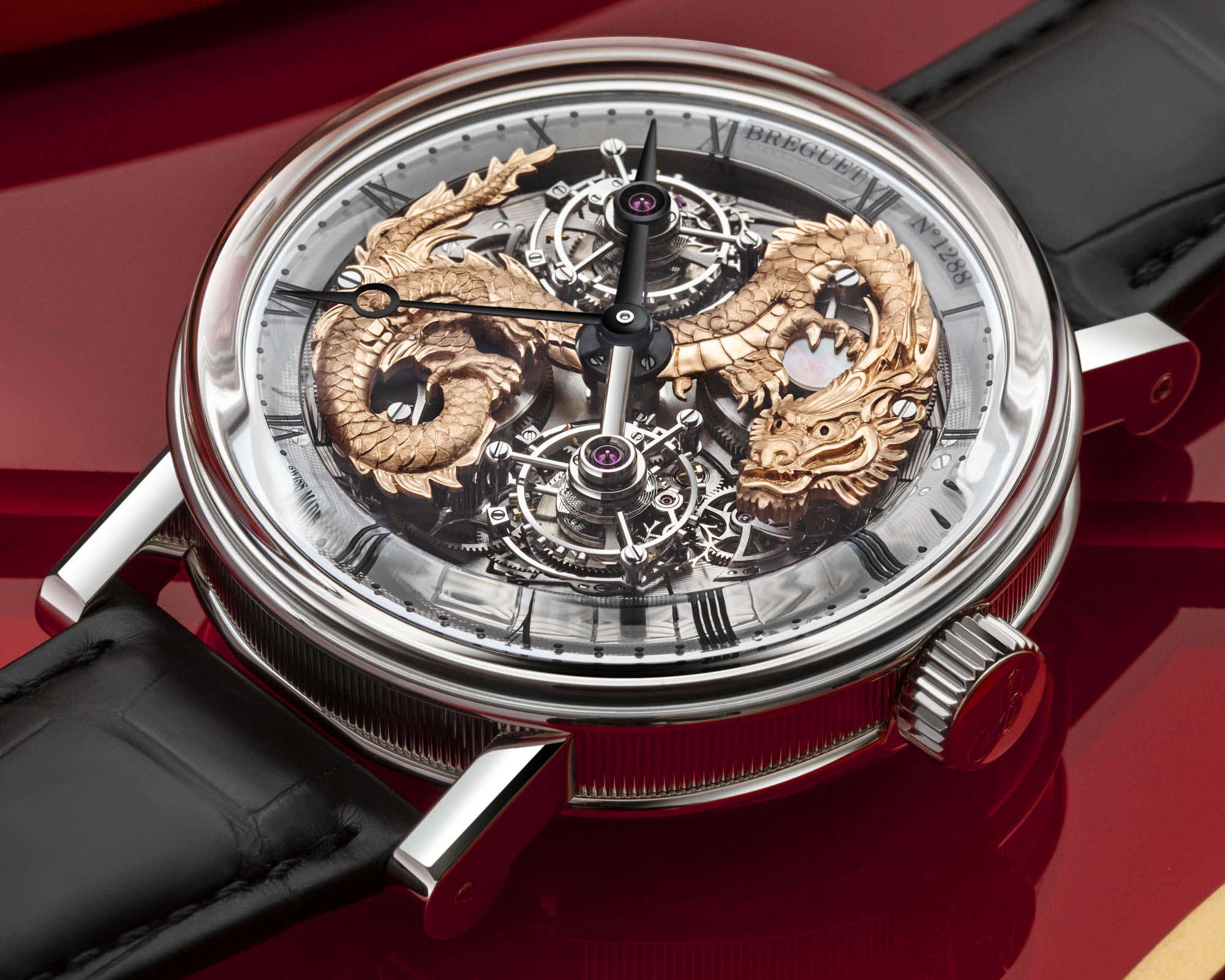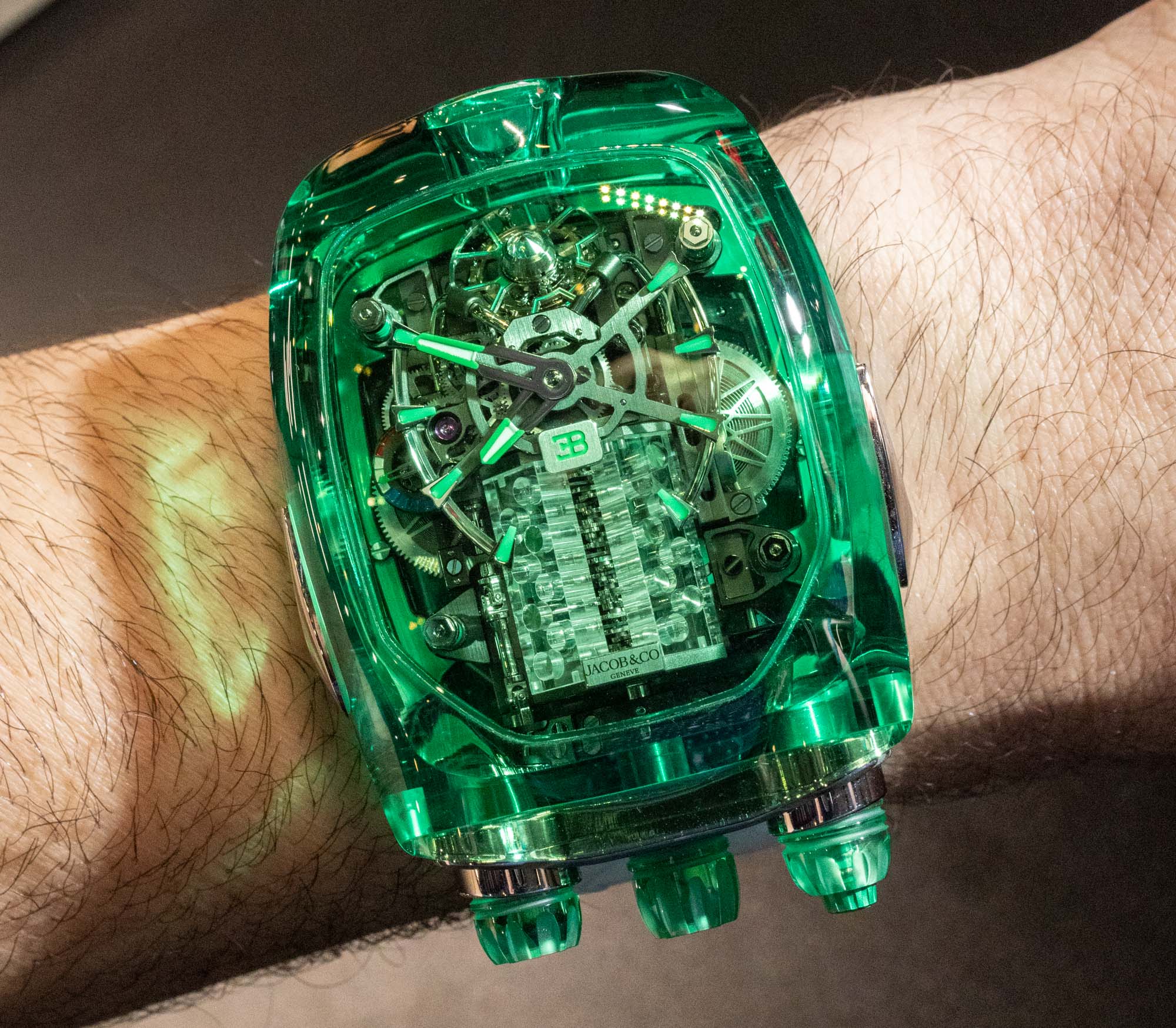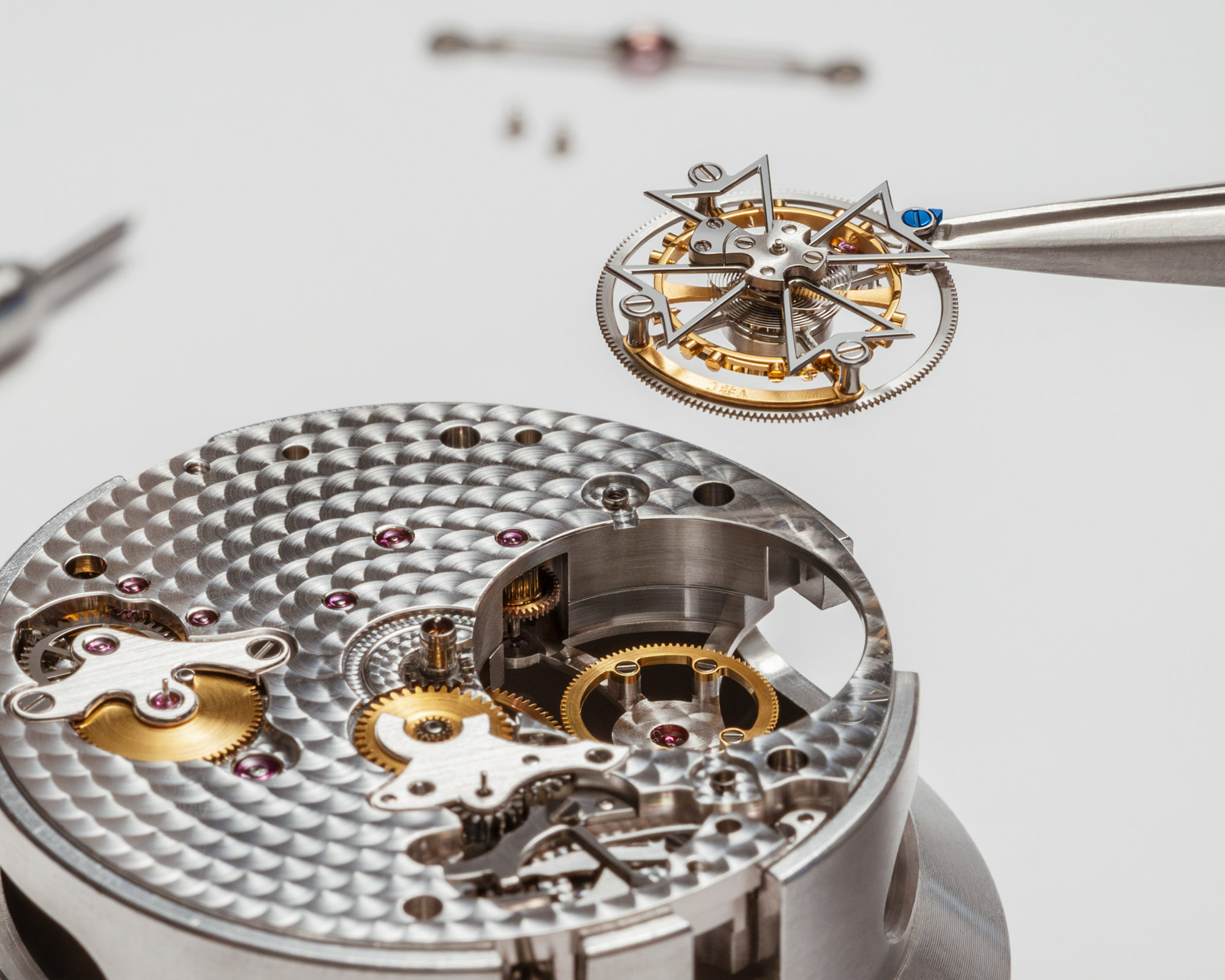
Bugatti debuted its new hypercar, the Bugatti Tourbillon and, to our pleasant surprise, its name was directly inspired by the world of watches and luxury watchmaking — home turf for us, here at aBlogtoWatch. Having witnessed the overwhelming majority of automotive journalists fail to explain what a tourbillon is when presenting the Bugatti Tourbillon car, we found out that even the carmaker’s take on the tourbillon is sort of wrong. We, then, rise to the rescue — read on to find out what tourbillon actually means, and get that much closer to Bugatti’s latest automobile in the process. This article is intended more for the car enthusiast community than for veteran aBlogtoWatch readers and watch lovers — but hey, we’ll throw in a few cool little details that might be new to you, too.
So, what is a tourbillon? The tourbillon means “whirlwind” in French (you say it as “tour-bee-yon”), and it refers to a fine mechanical watch complication that makes a spinning motion. Just like a whirlwind does. It was invented in 1795 and patented in 1801 by Abraham-Louis Breguet, the founder of luxury watch brand Breguet that still exists today. What does a tourbillon do? Originally, Breguet designed the tourbillon as a means of making his mechanical pocket watches more consistent in their timekeeping.
You see, mechanical watch movements are very sensitive to the position they are in — upright, tilted, or laid down flat on a table — because their position determines how their tiny timekeeping components are affected by gravity. Imagine a tiny little spiraled spring (the hairspring) that is constantly contracting and expanding, 2.5-to-5 times a second. Gravity affects this spring in different ways depending on its spatial orientation. What the tourbillon does is place this spring and other parts into a constantly rotating small cage to always change their position, therefore constantly changing how those parts are affected by gravity, thus improving isochronism (the consistency of a movement’s accuracy) rather than improving accuracy itself.
The tourbillon, then, is the name of the rotating cage that contains important timekeeping components that are affected by gravity. By rotating them slowly and continuously, it spreads the detrimental effects of gravity more equally between these various positions, essentially getting a more even performance from a mechanical watch. Sometimes you will hear brands use lofty terms like “the tourbillon negates the effects of gravity,” but, to our great disappointment, the tourbillon is not an anti-gravity device.


Now that you know what a tourbillon is, you might wonder, why the new Bugatti Tourbillon hypercar is named after it. There are a number of reasons, all fitting for an ultra-luxury car. First, the car reflects on high-end watches not just in its name, as Bugatti explains: “Inspired by the timeless elegance of watchmaking craft, the Tourbillon prioritizes an analogue design. The instrument cluster is constructed by Swiss horologists, built to precise watchmaking tolerances featuring over 600 components.” There are meshing and turning wheels and structural components like those inside a watch all on display, while the speedometers and rev counters are shaped like hour and minute hands. Cool! Furthermore, Bugatti’s official watch partner, Jacob & Co. surely has something in the works with a tourbillon in it…

Breguet invented the tourbillon in 1795. This 2024 Breguet Classique Double Tourbillon Dragon 5345 comes at a beast of a price: $767,800 USD.
Why is the tourbillon a popular and expensive extra feature in watches? Contrary to what you might expect, it is not for its performance-improving capabilities, but because it is beautiful to see in operation. The tourbillon is one of the most mesmerizing features in a mechanical watch, because it includes the frantically oscillating parts of the watch — the back-and-forth movement of the balance wheel and the tiny spiral we mentioned above — and places it into a nicely decorated cage that is gently rotated in a clockwise direction in several tiny nudges every second. Almost every tourbillon you will find in watches makes a full rotation every 60 seconds. Fast enough, to see it move, slow enough to be elegant. So, you have manic tick-tocking and graceful rotation, all wrapped into a cage that normally measures not more than half an inch, at most.
Although wristwatches did not exist at the time when Breguet invented the tourbillon, this has not stopped watchmakers, especially over the least 20–30 years, to invent ever more spectacular ways of implementing the tourbillon into their wrist-worn timepieces. The watch collector community has for decades been disputing whether the tourbillon does anything to improve the accuracy of a wristwatch — which, as discussed, it does not — but one thing everyone seems to agree with is that the tourbillon ranks among the most spectacular and mesmerizing complications a mechanical watch can have today.

This Jacob & Co. Bugatti watch has a tourbillon up top at 12 o’clock — oh, and a miniaturized, working version of a Bugatti car’s engine block.
Oh, and it is not just Bugatti pushing the limits of modern engineering and manufacturing technologies — so are the world’s best watchmakers. Using five-axis CNC machines and the latest CAD (computer-aided design) software for design and prototyping, luxury watch brands like Jacob & Co., Greubel Forsey, and Jaeger-LeCoultre have created multi-axis tourbillons, sometimes adding two, three, or even four tourbillons into just one watch! These pose a definite safety hazard while driving, as they sure make it almost impossible to keep your eyes on the road. Click on the company names just above to find our reviews of these incredible watches.
So, what did Bugatti get wrong when presenting the tourbillon?
We will be splitting hairs here, but that is what luxury watchmaking is about, so do humor us for a moment: Mate Rimac, the outstanding CEO of Bugatti presented the Tourbillon to YouTube automotive channel carwow by saying: “It is a mechanism in high-end watches that increases accuracy.” You’ll find that just 20 seconds into the video above. In truth, the tourbillon does not make most high-end watches it is fitted to any more accurate. In fact, in an obscure, yet typical twist of events for luxury watches, the overwhelming majority of $50,000-$500,000 tourbillon wristwatches you can buy do not receive a chronometer certification — a seal of approval that only movements specially tested by Switzerland’s COSC can receive.
Why? Because the eye-pleasing rotation of a tourbillon actually makes it much more difficult for watchmakers to adjust the movement for perfect accuracy, while non-tourbillon watch movements are produced with such amazing materials and precision these days that watch brands can attain remarkably high timekeeping performance with a regular setup. You can get a chronometer-certified wristwatch for around $1,000, but you can easily spend $100,000 on a tourbillon that will be less accurate — and that is a true fact.

Want to see an epic, 1,500,000-dollar, tourbillon-equipped watch made for Bugatti? Check out our review of the Jacob & Co. Bugatti Chiron Sapphire Green Crystal. To learn more about expensive as well as more affordable tourbillon watches, read all our tourbillon watch articles. Last, if you want to know more about the Bugatti Tourbillon car, check out the gallery below or visit the Bugatti website.
















